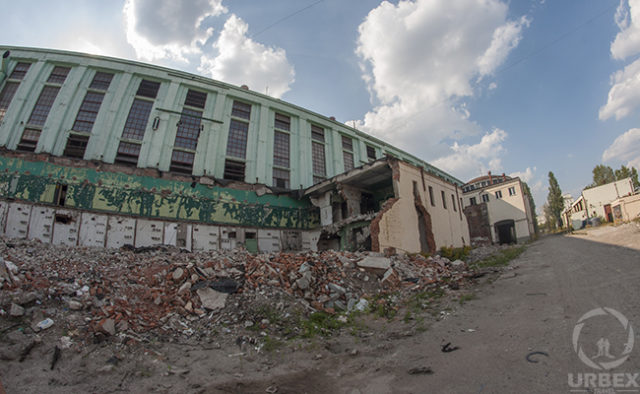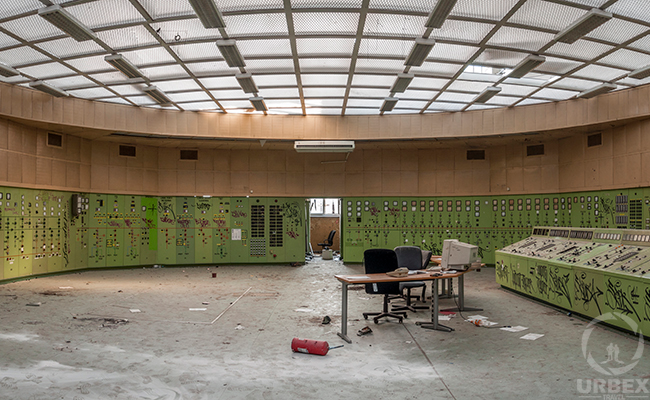The city of Łódź was once the industrial capital of Poland. Several abandoned 19th-century factories are still in evidence, but one abandoned building that dates from a little later provides one of the most impressive locations for urban explorers.
Łódź had electricity from the end of the 1880s, mostly provided by small factory power plants and private low-power generators. However, over the following years, cables were laid and an electricity network was built up. These incredible photographs of the power station EC2 in Łódź, Poland, were taken by Urbex Travel.
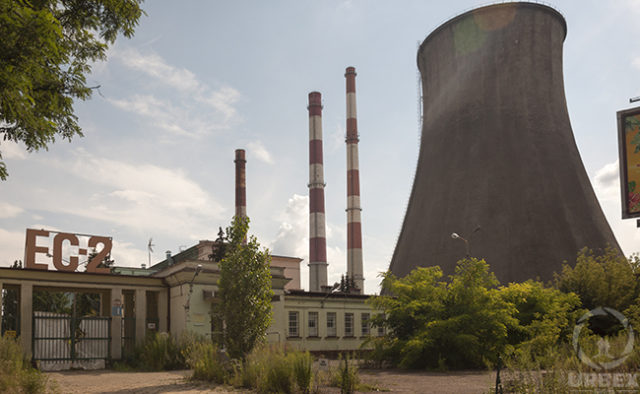
Construction on the first power plant began in 1906, although progress was slow, partly due to strikes. Eventually, in September 1907, the power plant was connected up to the network.
Unlike the Warsaw power plant, which provided electricity mainly to be used for lighting, the Łódź power plant mainly supplied electricity to the various industries around the city.
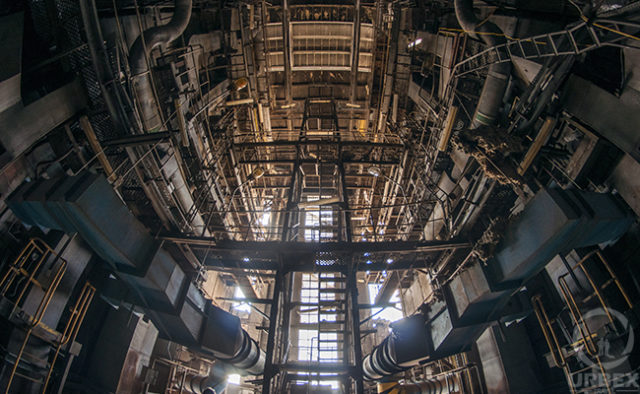
The power plant survived WWI mostly intact, but WWII took a devastating toll as the Nazis stripped the industrial town of many materials and dismantled a lot of machinery for parts that were sent to Germany.
In the following decades, the government and industries worked hard to provide power to Łódź, and gradually power was brought back to the city.
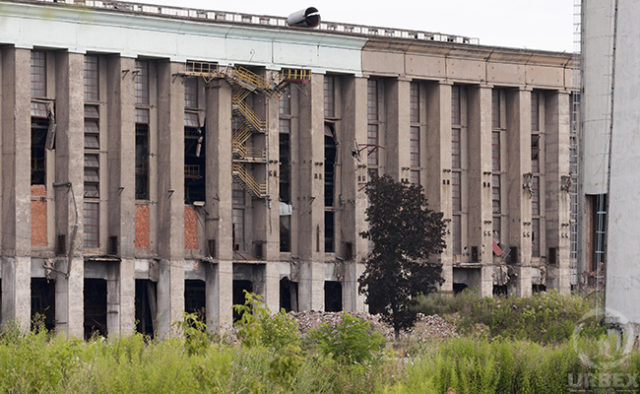
Eventually, it was recognized that the city needed a combined heat and power plant, which brought about the creation of EC2 on Wróblewskiego Street.
The older power plant on Targowa Street, which had been built in 1906, was renamed EC1 to distinguish it from the newer power plant. The two were merged to provide for all the heating needs of Łódź.
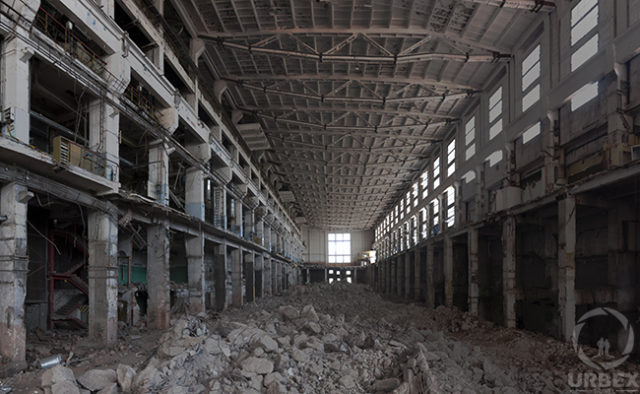
Construction began in 1955 and the plant was ready to go in 1960. EC2 became the second coal-fueled power station in Łódź. In 1961, EC2 boasted six turbine sets and eight boilers.
The plant was extended in 1966 with the addition of a new boiler and turbine, and further new boilers were installed in the 1970s.
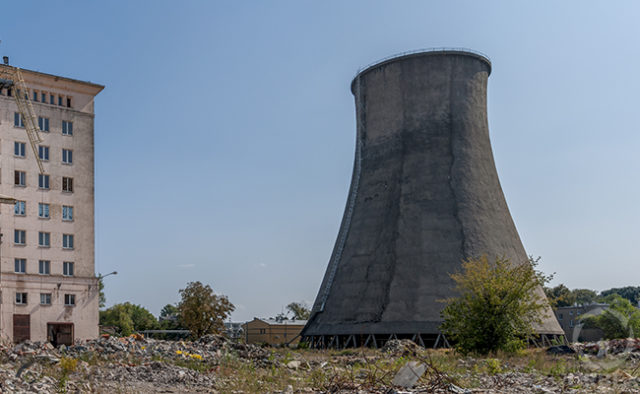
As the demand for power in Łódź grew, two new power stations were built in the city: EC3 in the late 1960s and EC4 in the early 1970s.
However, as time went on, better-insulated houses meant that houses needed less heating in winter. As a result, Łódź did not need three power plants anymore. Furthermore, there were also new EU and national environmental regulations involving, among other things, the need to reduce CO2 emissions.
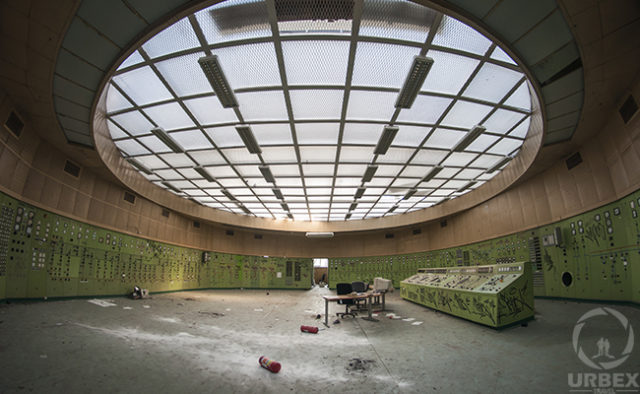
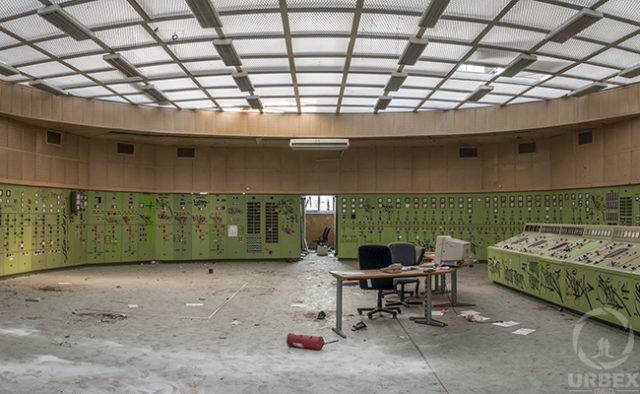
It would be too costly for Veolia Energia Łódź to update the oldest power plant in the city, although it was possible to adapt EC3 and EC4 to comply with the regulations. Consequently, EC2 ceased operations in 2015.
A statement on Veolia’s website stated that the company hoped a new use could be found for the power plant. After all, EC1 had been closed in 2000 and handed over the city in 2003, after which it was revitalized into EC1 Łódź – City of Culture.
It seemed clear that Veolia anticipated something similar happening to EC2, but this never came to pass. Instead, the buildings were left to fall into ruin. They became a huge draw to urban explorers, not least because the inside of the cooling tower is colored a bright blue.
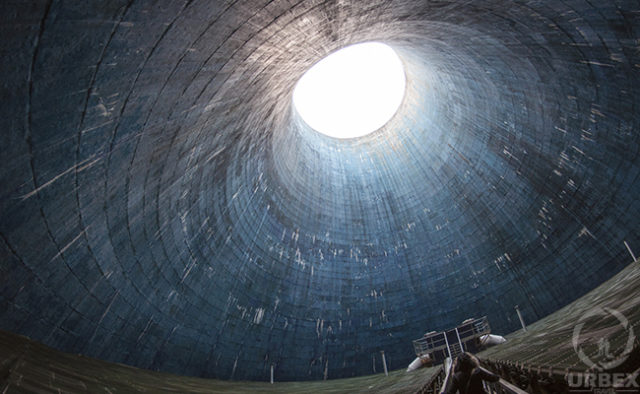
In 2017, 25 hectares (62 acres) of land and associated buildings were sold to Hakamore. No actual purchase price was disclosed, but it was rumored to be around PLN 30 million (almost $8 million).
Hakamore did not have the same ambitions to preserve the site as Veolia had done. They stated their plan of destroying the chimneys, although the fate of the main building and cooling towers, which were entered on the register of monuments, remained uncertain.
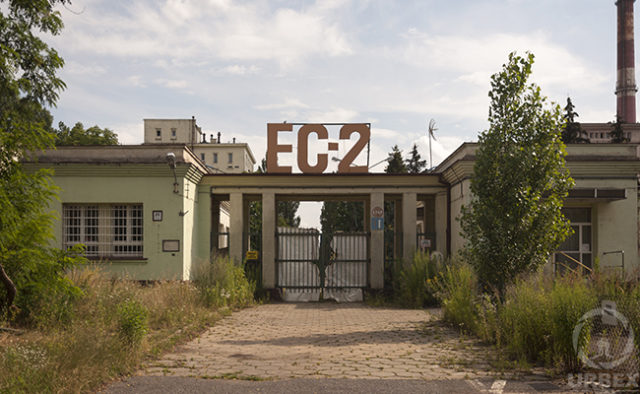
Demolition started in 2019. Unfortunately, the new owners either didn’t know or didn’t care about the official processes relating to tearing down registered monuments, and legal proceedings were issued.
The Łódź Provincial Office for the Protection of Monuments notified the prosecutor’s office that Hakamore was acting illegally, and the demolition process was halted.
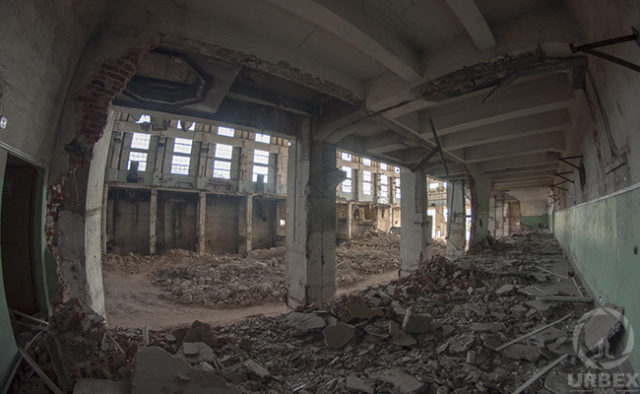
An inspection was carried out, and it was ordered that the cooling tower and control room should be put back into the state they were in before demolition had started.
Despite being saved at the last moment, the fate of this historic site remains uncertain. The last news reports are dated late 2019 when the factory was still in ruins.
Lovers of abandoned places can only hope that something will be done to save this fantastic piece of industrial history.
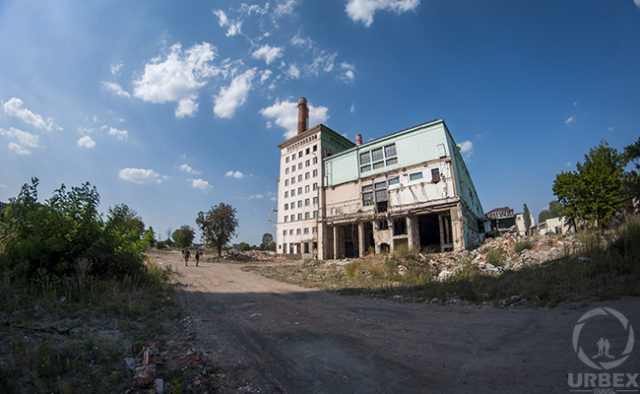
The photographer, Arkadiusz, is passionate about history and photography. He visits abandoned places that are hard to reach. On his website, Urbex Travel, you can find pictures of both stunning places and decaying buildings. In addition, you can follow his work on Facebook, Instagram, and Behance. He works on the principle: take only pictures, leave only footprints!
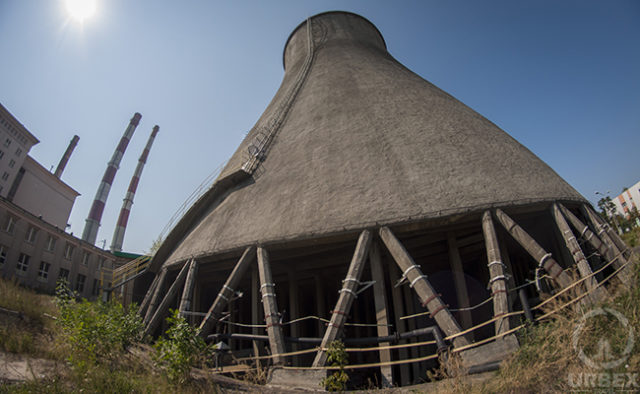

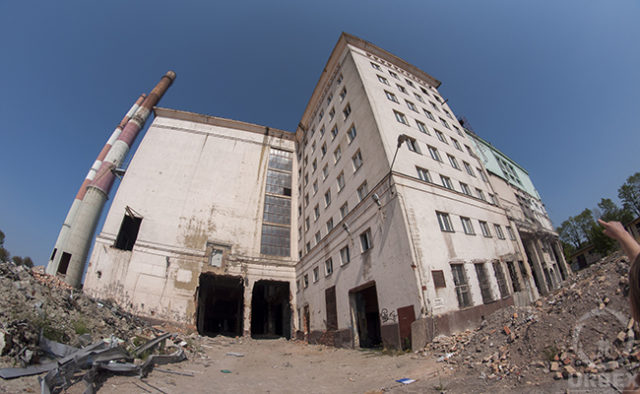
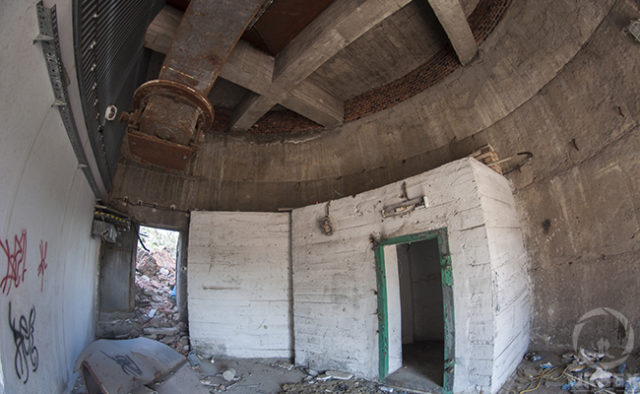
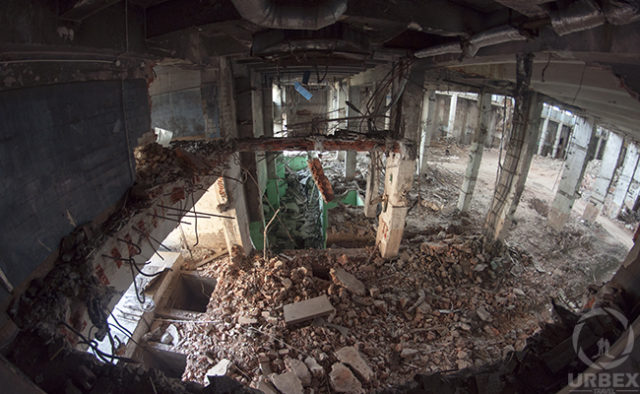
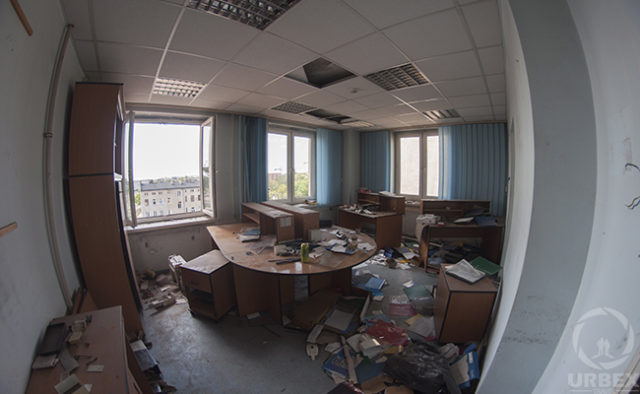
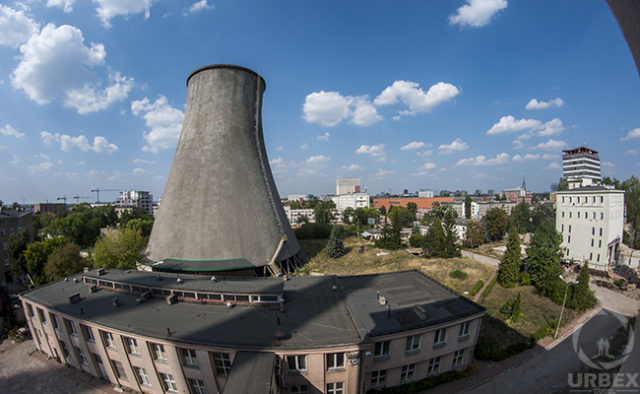
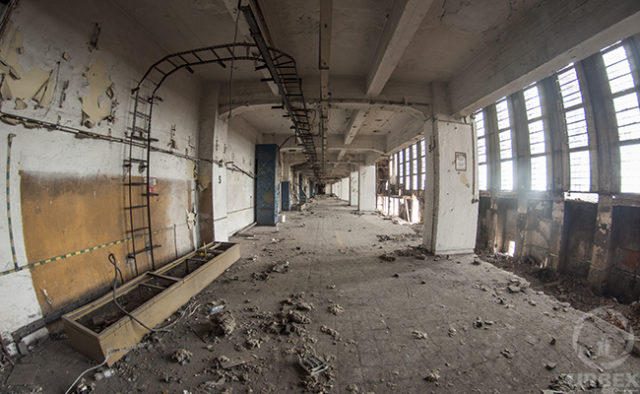
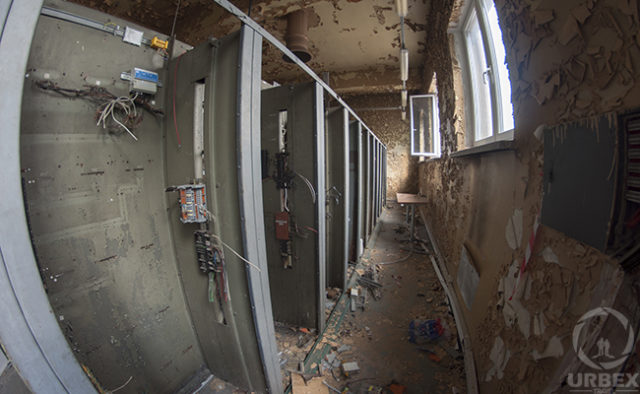
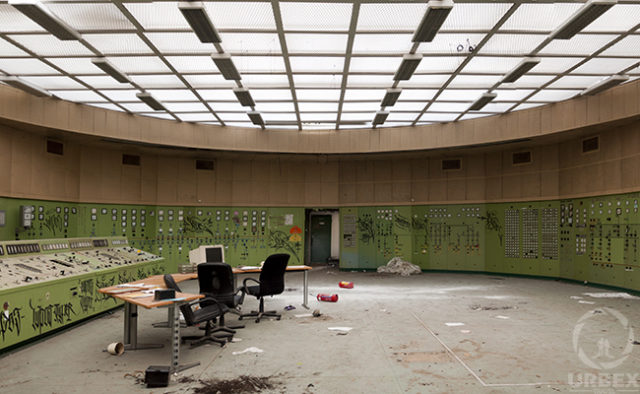
Another Article From Us: Verkhnyaya Gubakha – Russian Ghost Town
